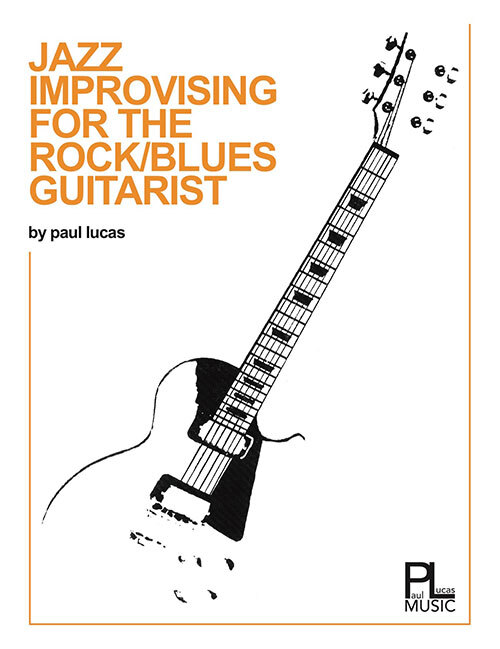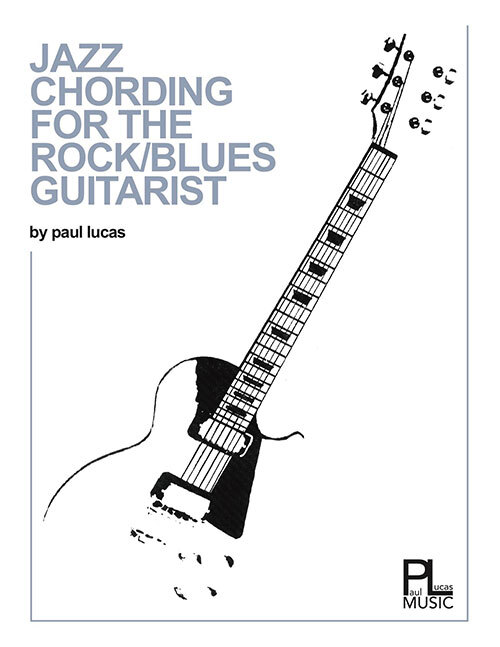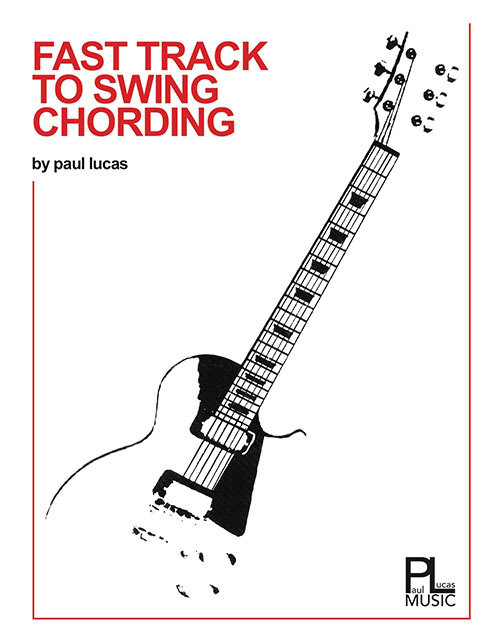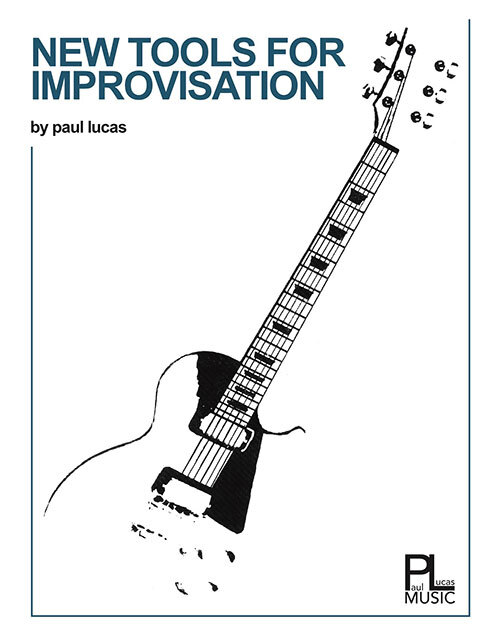
Jazz Improvising for The Rock/Blues Guitarist
Jazz Improvising for The Rock/Blues Guitarist was originally published in 1977. It was widely distributed and reviewed in International Musician and Guitar Player magazine. It is divided into two parts: The first section is on utilizing Rock and Blues ideas and expanding on them. The second section gives you the tools, theory and practical applications necessary to make you a competent Jazz improvisor.

Jazz Chording For The Rock/Blues Guitarist
‘Jazz Chording For The Rock/Blues Guitarist’ was originally published in 1978. It followed on the heels of the widely distributed ‘Jazz Improvising For The Rock/Blues Guitarist,’ – reviewed in both International Musician and Guitar Player magazine. It begins with a review of commonly known chords and carries on to do a complete treatment of the ‘Five Form’ system for guitar. Along with essential chord voicings and examples are complete explanations of ‘why’ and ‘how’ they work.

Fast Track To Swing Chording
‘Fast Track To Swing Chording,’ is a direct, simple to follow ‘play first’ method for learning to chord in the Swing genre. Swing chording is unlike any other chording technique. It is style-specific much like Bluegrass accompaniment, Travis picking and the Blues. Like many Jazz guitarists at the time, my introduction to Jazz was Mickey Baker’s book 1. It started out with a page of chord shapes, then it got you to play them in sequences. Right off the bat you were up and running! This is the approach used here.

New Tools For Improvisation
‘New Tools For Improvisation,’ is written for guitar. It springs from ideas found in George Russell’s ‘Lydian Chromatic Concept …’ – a system for improvisation and composition based on the principle that each chord in a piece can be assigned a parent scale that most closely represents its VERTICAL character. In ‘New Tools …’ two parent scales and stacked fourths are used to create a set of two octave scales capable of producing some unique sounds in a wide range of harmonic situations.
